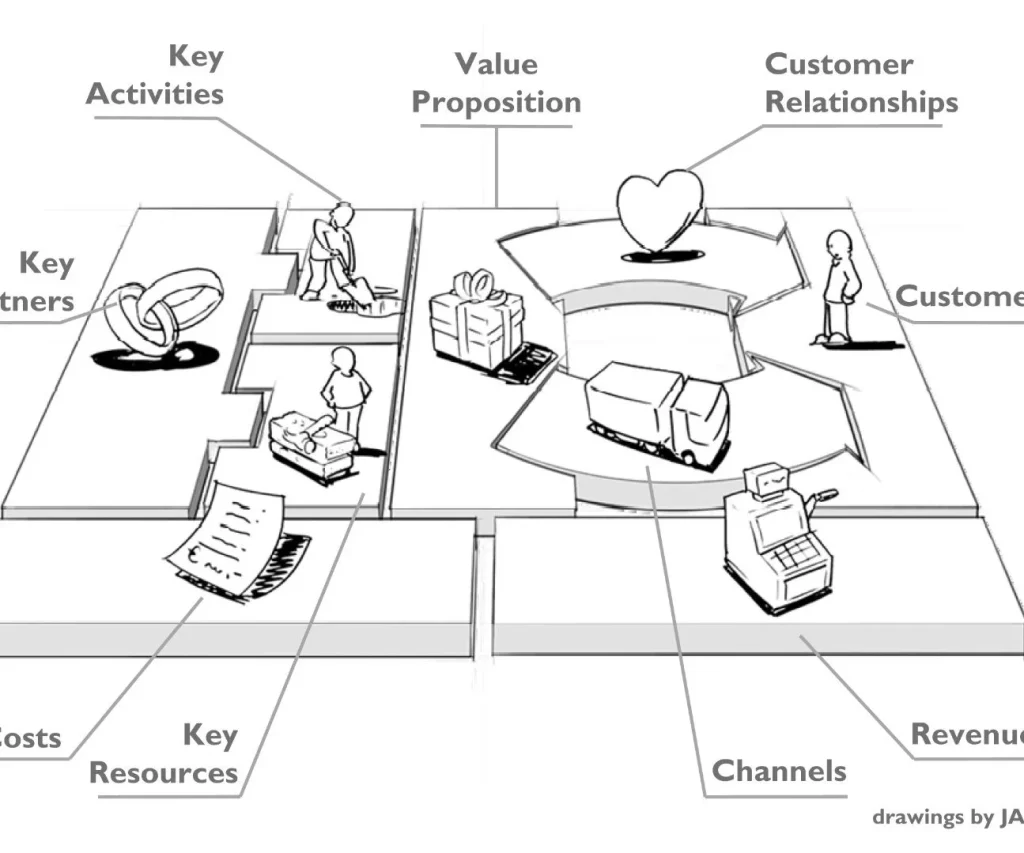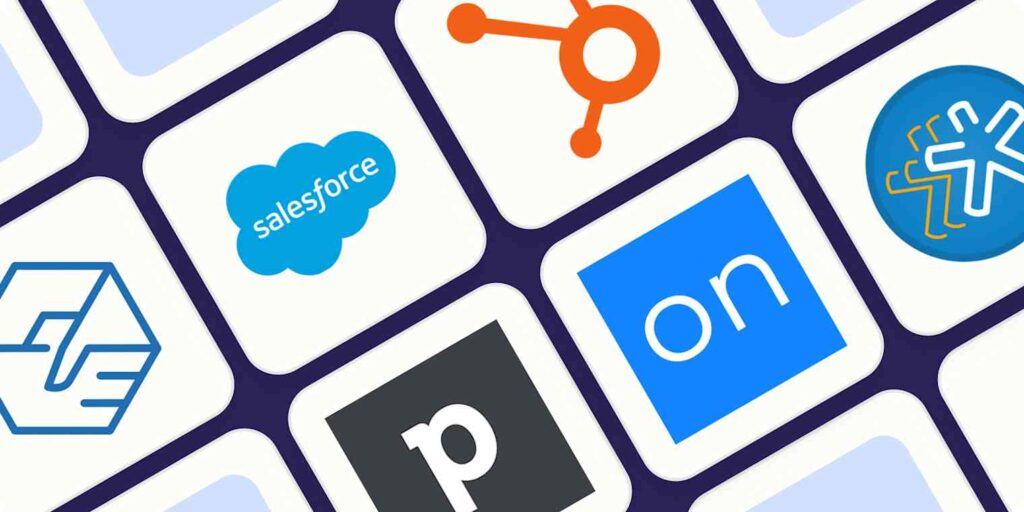How to Build a Business Model Canvas: A Simple Guide for Founders
Early-stage founders often get stuck trying to write the “perfect” business plan—when what they really need is clarity. That’s where the Business Model Canvas comes in.
It’s a one-page tool that helps you map out your business model in 30–60 minutes. No fluff. Just the essentials of how your business works. Whether you’re refining your idea or prepping for a pitch, the canvas helps you focus.
Let’s walk through each section so you can start building yours today.
1. Start with Your Customer Segments
Who are you creating value for?
Define your core customer types. Be specific. If you serve multiple segments (e.g., freelancers and small teams), list them separately.
Tip: Avoid vague categories like “everyone” or “general public.” You’re not Amazon — yet.
2. Define Your Value Propositions
Why do customers choose you?
List the specific problems you solve or the benefits you provide. This is the heart of your business model.
Examples:
- Saves time
- Saves money
- Reduces frustration
- Delivers status or convenience
Make sure your value is tied directly to your customers’ pain points.
3. Outline Channels
How do you reach your customers?
Think about how you’ll deliver your product or service — and how customers will first discover you. Common channels:
- Website
- Social media
- Email marketing
- Partnerships
- Retail or physical locations
4. Identify Customer Relationships
How will you interact with customers?
Will it be self-service, automated, or high-touch? For example:
- Onboarding support
- Community forums
- Dedicated account managers
Clarify how much effort you’ll invest in building trust and loyalty.
5. List Revenue Streams
How does your business make money?
Be clear about how and when you get paid. Options might include:
- One-time purchases
- Subscriptions
- Freemium + upsell
- Affiliate or ad revenue
6. Name Your Key Resources
What do you need to deliver value?
Think people, tools, tech, brand, content, or even exclusive partnerships. These are the assets that make your business work.
7. Define Key Activities
What do you do every day to operate?
This could be:
- Product development
- Marketing and sales
- Customer service
- Manufacturing or sourcing
Focus on the critical few activities that drive value.
8. List Key Partnerships
Who helps you succeed?
This could include suppliers, distributors, developers, or strategic partners. These relationships allow you to scale faster or reduce risk.
9. Understand Your Cost Structure
What are your major costs?
Look at fixed vs. variable expenses. Where do you spend most of your budget? This is essential to know before pricing anything.
Conclusion
The Business Model Canvas gives you a complete snapshot of your business — without the overwhelm. Use it to test ideas, spot gaps, and build smarter.
Ready to build yours? Grab our free editable Business Model Canvas template and start mapping in minutes.





